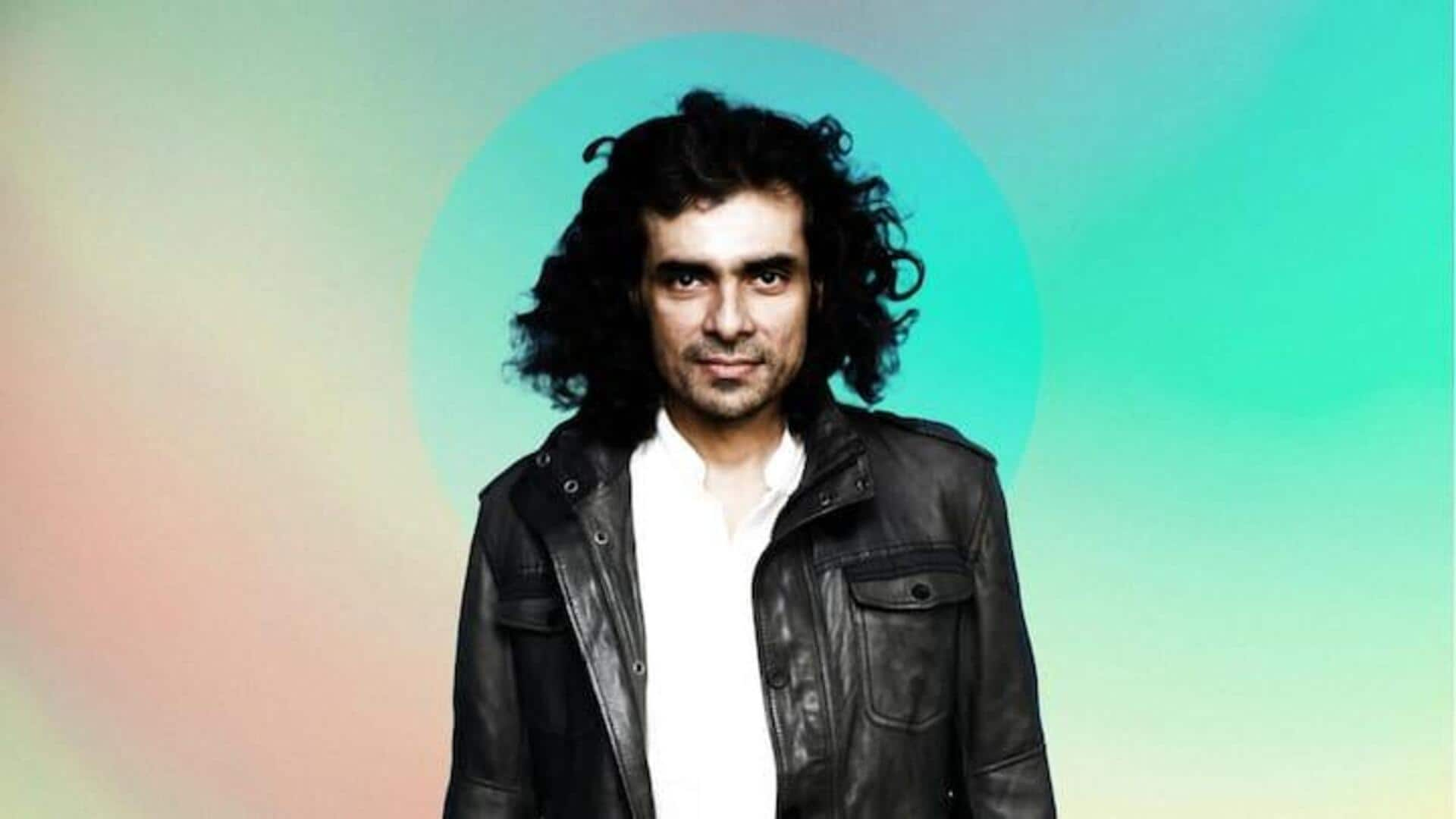
Imtiaz Ali broke his 'filmmaking grammar' for 'Amar Singh Chamkila'
What's the story
Imtiaz Ali's first biographical film, Amar Singh Chamkila, is garnering international attention. The movie, starring Diljit Dosanjh and Parineeti Chopra, recently climbed the ladder to rank among the top five films on Netflix worldwide, per HT. It tells the story of Amar Singh Chamkila, a famous yet controversial Punjab folk singer who was tragically shot dead in 1988 along with his wife-singer Amarjot. In a new interview with PTI, Ali spoke about his filmmaking techniques for the movie.
Animation
The usage of animation in selected scenes
Disclosing why he chose animation to showcase an accident when a roof gave way due to the women standing on it to watch Chamkila, he said, "It must be so painful for those women who must have fallen. We did not want to show it in a realistic manner, so we had to go for animation." Moreover, since his films never have smoking scenes, he used animation to showcase Chamkila lighting up a beedi.
Creative approach
Noticed how the movie tries to present a 'musical theater'?
Speaking about breaking the fourth wall, the Jab We Met director revealed that Rahman asked him to have a "musical theater" approach to some songs. "I clutched onto that idea because I knew that the audience coming to watch the film would know zero about Chamkila. So it is the duty of the film to inform them pretty early in the film about who this gentleman is. And that's what the first song Baaja does."
Technique
Ali undertook extensive research for the movie
The director said, "The initial research was just speaking to the many people connected to Chamkila and traveling to the interiors of Punjab where the 1980s are still alive." "Since this is a true life story, I decided that as much as possible, I will not manipulate the events that are being told to me... There were some compulsions. I had to break the grammar."
Musical focus
Ali and Rahman chose to emphasize vibrancy of Chamkila's music
Despite the tragic narrative, Ali and music maestro AR Rahman chose to emphasize the vibrancy of Chamkila's music, which was full of life and celebration. The film's positive reception at its first screening at MAMI in Mumbai confirmed Ali's belief that he was on the right path. Authenticity was maintained throughout the film, with Ali opting for Hindi subtitles instead of dubbing over Chamkila's Punjabi songs.
Humanizing Chamkila
Ali wanted to highlight Chamkila's caste and struggles
Separately, in an interview with Mid-Day India, Ali stressed the importance of highlighting Chamkila's caste (Dalit). He believed it was crucial to portray the challenges and prejudices faced by Chamkila due to his lower social status. Ali was careful not to make the film overly bold, aiming instead to depict all aspects of Chamkila's life, including his shortcomings and mistakes. His goal was not to glorify Chamkila but to present him as a human being with flaws and weaknesses.